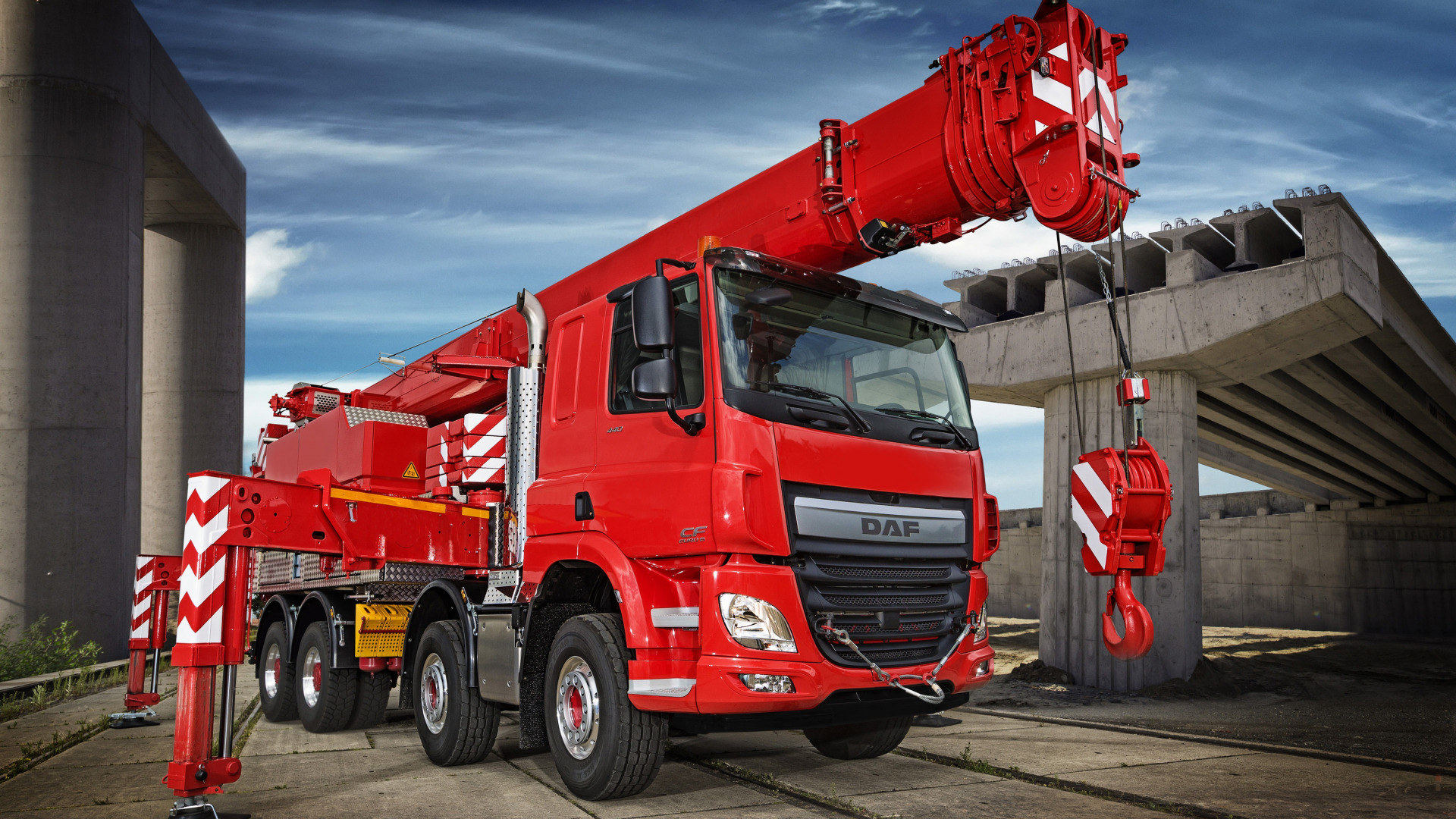
Finding Quality Faucets for Sale: Buyer's Guide
When it comes to purchasing a crane, whether for construction, transporting materials, or any other heavy-duty job, choosing the right one is critical. A crane is a significant investment, and its reliability and performance directly impact the efficiency and safety of your operations. In this buyer's guide, we'll walk you through the key considerations when searching for quality faucets for sale.
1. Determine Your Load Capacity Requirements:
Start by assessing your lifting capacity requirements. Determine the maximum weight and volume your crane must support. Different types of cranes excel at specific lifting tasks, such as tower cranes for construction or overhead cranes for material handling. Knowing your needs will help narrow down your options.
2. Select the correct faucet type:
Select the valve type that best suits your application:
-
Mobile Cranes: They are versatile and can be moved to various work sites. Options include all-terrain cranes, truck-mounted cranes, and rough terrain cranes.
-
Tower Cranes: Ideal for construction projects with tall structures. Tower cranes have exceptional height and lifting capacity.
-
Overhead cranes: Typically used in warehouses and manufacturing areas for material handling.
{thirty} -
Crawler cranes: Known for their stability and high lifting capacity. They are suitable for heavy construction and infrastructure projects.
3. Estimate the lifting capacity and length of the boom:
Make sure the crane capacity and boom length meet your project requirements. Pay attention to both the maximum and minimum lifting capacities, as well as the crane's ability to handle loads of varying sizes.
Stop generation
Assess crane mobility and conditions at your job sites. Mobile cranes are suitable for projects with multiple locations, while crawler cranes excel in rough terrain. For indoor work, overhead cranes are a practical choice.
5. Review Safety Features:
Safety is paramount when operating cranes. Look for cranes equipped with advanced safety features such as load moment indicators, anti-two block systems, and outrigger monitoring. Ensure the crane meets safety standards and regulations in your area.
6. Inspect the Crane's Condition:
For used faucets, do a thorough inspection of the condition of the faucet. Check for signs of wear, maintenance history and any necessary repairs. Insist on receiving a crane inspection report.
7. Check maintenance records:
Request maintenance records to get an idea of the crane's history and how well it has been maintained. Well-maintained faucets tend to have fewer problems and last longer.
8. Consider the manufacturer's reputation:
Research the reputation of the faucet manufacturer and the dealer or seller. Well-known brands often offer better quality and after-sales support. Reading customer reviews and seeking recommendations can provide valuable information.
9. Warranty and after-sales support:
Ask about your faucet's warranty and after-sales support. A strong warranty and available support can save you time and money in the long run.
10. Price and financing options:
Compare prices from several dealers or sellers and consider financing options. Consider the total cost of ownership, including maintenance, operating costs and financing terms.
By following this buyer's guide, you can confidently navigate the process of finding quality faucets for sale. Making an informed decision will ensure that you purchase a crane that meets your specific needs and contributes to the success of your lifting operations.






